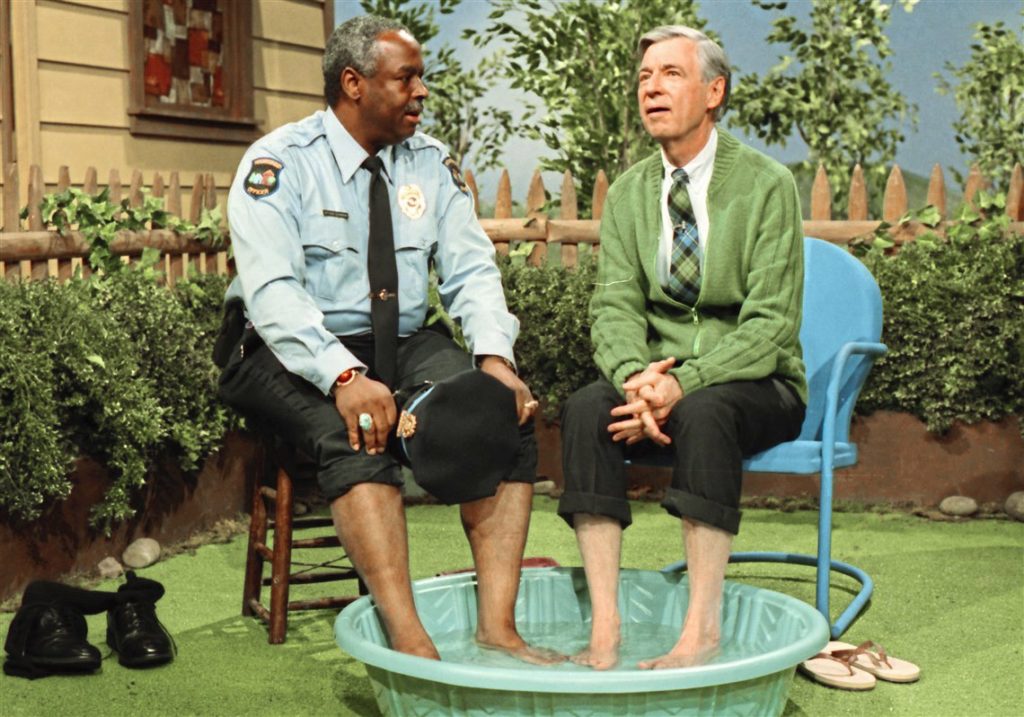When we say we are all about caring for caregivers that includes teachers. After our workshops Trauma Matters: What You Need to Know to Best Come Alongside ALL Your Students and Their Families and Beyond the Family Tree: Partnering with Foster and Adoptive Families at the MidAtlantic Christian School Association’s conference, we sent this list of resources and links onto workshop attendees and decided to share it here publicly as well. Not every educator can make it to workshops; we get that. There’s a lot out there beyond workshops to help professionals navigate caring for children with hard starts and their families. Click away.
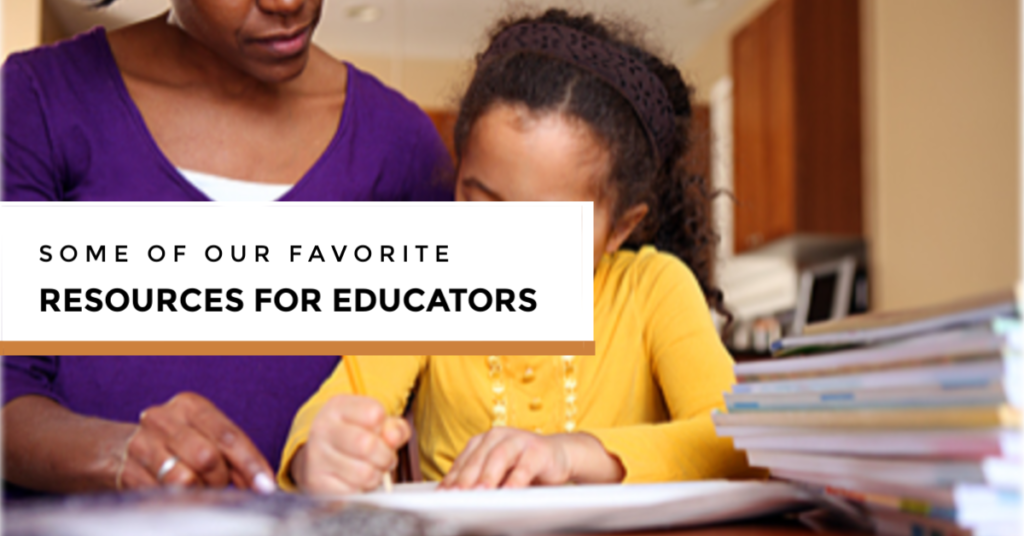
GENERAL RESOURCES RELEVANT TO EDUCATORS
Adoption Basics for Teachers
Published by the Iowa Foster and Adoptive Parents Association, this 20+ page PDF guide goes over children’s typical developmental understandings of adoption, tips for educators to come alongside children, possibly troubling curriculum to consider, and lists of resources.
Creating Trauma-Informed Classrooms by Call, Purvis, Parris, & Cross
This 10-page PDF shared by the National Council for Adoption is a great resource to share with colleagues, giving an overview of the impact of trauma, risk factors, understanding how fear comes into play and how connection with parents and with caregivers like teachers is critical. It also includes a bullet-point list of trauma-informed care strategies that are good starting points and points for conversation between teachers and between teachers and parents.
Dear Teacher by Robyn Gobbel
Written by a therapist specializing in developmental trauma and attachment, this 10-page PDF is a good resource for a team of teachers to read and dig into together which both explains some things and gives some practical tools to help.
Empowered to Connect
The Empowered to Connect ministry and resources are based on TBRI (trust-based relational intervention) originally developed by Karyn Purvis and her team. Empowered to Connect’s website provides lots of articles and informative videos to give parents and professionals serving children who have had hard starts a holistic understanding of their children’s needs and development while empowering them with tools and strategies to effectively meet those needs, build trust, and help children heal and grow.
Flexible Mind/Rigid Mind classroom poster/bookmark graphic from Plant Love Grow
A very helpful graphic from the very helpful website Plant Love Grow that could be used in a classroom to help children pause and pay attention to what’s going on in themselves that may create conflict internally and with others. Check out their website for many more free tools.
Generation Mindful
Created by a PT, parent educator, and mother of four (that’s one lady!), Generation Mindful creates tools and toys that nurture emotional intelligence by connecting caregivers with children playfully. We’re big fans of their posters and Snugglebuddies.
How Childhood Trauma Affects Health Across a Lifetime
In this 16-minute TED talk, pediatrician Nadine Burke Harris explains that the repeated stress of abuse, neglect and parents struggling with mental health or substance abuse issues has real, tangible effects on the development of the brain. This is a helpful introductory link to share with people who may wonder if early trauma really matters long term.
How to Help a Traumatized Child in the Classroom by Joyce Dorado and Vicky Zakrzewski
This is a short, readable article that shares the impact of trauma and introduces a few proactive strategies to help that include noticing triggers and responding with compassion, providing calm and predictable transitions, consider what you are saying publicly and privately, promote mindfulness, and take care of yourself. Look to other resources like The Connected Child and Empowered to Connect for helpful reactive strategies.
How to Support Stressed Out Teachers by Joyce Dorado and Vicky Zakrzewski
Another short, readable article that introduces vicarious or secondary trauma (simply put, when caregivers experience their own trauma as they care for those who have experienced trauma). The authors suggest a few proactive strategies for caring for caregivers including cultivating connections and community, offering wellness groups, and taking opportunities for wellness practices at regular staff meetings.
Kimochis Mixed Bag of Feelings
These little emoji-like pillows are a bit of an investment but a tool we use in so many different ways with children and families to help people identify and express feelings and promote connection. There are resources available from the company to help educators and clinicians creatively use these little guys in individual and group settings.
Lead Teacher website
Lindsay Mangold, Phoenixville teacher who taught TSF founders’ Mark and Kelly’s youngest daughter, launched a website Fall 2018 where she shares resources and tools for social/emotional education that are helpful for kids from hard starts as well as all students as they promote self-regulation and connection. One of our personal favorite exercises she describes is the High Five, a daily practice with a class that creates a culture of acceptance and promotes that feelings are mentionable and manageable. She also offers a great lesson plan on understanding the amygdala and understanding anger.
Morningside Center website
Morningside is an organization that works with educators to build students’ social and emotional skills, promote community, and encourage restorative practices and brave conversations on race. They provide articles and online resources that dig deep into current events and reflect on stories in a way that engages students and caregivers alike to identify and express feelings about complex issues.
Teaching Restorative Practices With Classroom Circles by Amos Clifford
60+ page PDF available for free from the Center for Restorative Process that explains how using intentional classroom circles can help develop community and a restorative culture in the classroom for handling conflict.
BOOK TITLES RELEVANT TO EDUCATORS
Anatomy of the Soul by Curt Thompson
We can only walk with our children to places we’re willing to go ourselves. In this book, Curt Thompson integrates neuroscience and attachment with Gospel Truth, revealing how it is possible for us to rewire our own minds, altering our brain patterns and literally making us more like the men and women God wants us to be. Explaining the brain in layman’s terms, he shows how we can be mentally transformed through spiritual practices, interaction with Scripture, and connections with other people.
The Connected Child by Karyn Purvis
Often required reading for prospective adoptive parents, this book explains what trauma looks like, how it affects our children, and strategies that help in an easy-to-read format. The basic strategies presented in our Trauma Matters session and others are explained in this text.
Different by Sally Clarkson
Choosing to shut out the voices of the world that said her son was “bad,” “broken,” and in need of fixing, Clarkson shares how she moved to trust that her biological son’s differences could be part of an intentional design by a loving Creator. Appropriate for any parent or educator working with an outside-the-box child whether they are living with their biological parents, a foster family, or adoptive family.
Help for Billy by Heather Forbes
Using tables, outlines, and lists for quick reference and readability, Forbes provides guidelines and specific ways for teachers and parents to navigate challenging symptoms of developmental trauma that evidence themselves in learning and in the school context in general.
No Drama Discipline by Dan Siegel and Tina Payne Bryson
Highlighting the link between a child’s neurological development and the way a parent reacts to misbehavior, No Drama Discipline provides an effective, compassionate road map for parents as they deal with tantrums, tensions, and tears. Defining discipline to be more about instruction than punishment, the authors explain how parents and caregivers can seek to reach a child, redirect emotions, and turn a meltdown into an opportunity for growth.
Nurturing Adoptions by Deborah Gray
Written for professionals, Gray explains how neglect, trauma, and prenatal exposure to drugs or alcohol affect brain and emotional development and how to recognize these effects and attachment challenges in children. She also provides ways to help children settle into new families and home and school approaches that encourage children to flourish.
Soul of Shame by Curt Thompson
This is a compelling, easily readable book that we recommend to foster and adoptive parents to help them identify and navigate what they bring to the table. Thompson provides theological and practical tools necessary to dismantle the shame that binds us and helps us identify our own broken places and find freedom from lifelong negative messages.
Teaching the Hurt Child: Relationships Between Trauma, Attachment and Learning by Andrea Chatwin
Published by a Canadian organization committed to supporting adoptive families and professionals serving them, this 40-page manual is based on a popular workshop they offer for educators and gives foundational information about trauma and the developing brain as well as strategies to help educators navigate typically challenging behaviors for children with hard starts.
CHILDREN’S TITLES RELEVANT TO EDUCATION
Captain Snout and the Superpower Questions by Daniel Amen
This is a fun children’s book that helps kids (and their grownups) identify automatic negative thinking patterns and combat them so that our kids are better able to respond to challenges with truth.
Decibella and Her 6-Inch Voice by Julia Cook
Published by Boys Town Press, this book is about a girl named Isabella whose voice volume needs some tweaking. The book teaches five volumes of voice and when to use them.
Foster Care: One Dog’s Story of Change by Julia Cook
Written in engaging prose, this book tells the story of a little guy going into foster care for the first time and his fears and feelings. Appropriate for children who have experienced foster care and to help other children better understand it.
Glad Monster, Sad Monster: A Book About Feelings by Ed Emberley and Anne Miranda
A classic book that puts colors and experiences with feelings, normalizing both positive and negative feelings and opening up conversation about what makes us feel different feelings. Includes on every spread a removable mask that expresses the feeling that you could use in a classroom and open discussion about how we show our different feelings.
I Just Don’t Like the Sound of No by Julia Cook
Published by Boys Town Press, this book is about a boy named RJ who tries to change his parents’ and teachers NOs into Maybes or Yeses. It’s a good resource for helping kids learn how to accept NO and disagree appropriately.
In My Heart by Jo Witek
We like how this book normalizes feelings and gives verbiage around what different feelings physically feel like, giving us a resource to use to help kids learn to be in tune to their own bodies and learn to self-regulate. The book itself is a good size with hard pages and a die-cut heart on each page which is fun and engaging.
Mouse Was Mad by Linda Urban
Fun book about what mad can look like for different people and what works to help us regulate when we have big feelings.
My Many Colored Days by Dr. Seuss
A Dr. Suess classic, this book uses strictly colors to identify different feelings which could help kids who have trouble articulating some of the bigger emotions to translate them into less threatening, creative verbiage. In addition to lending itself to lots of creative classroom activities, the book could be used to create a shared language of feelings in your classroom that parents who struggle with this specifically could use at home.
Silly Limbic: A Tail of Bravery by Naomi Harvey
Written about a little boy and his invisible dog friend named Limbic, this book helps kids to understand the limbic system of their brain and how they handle stress.
Star of the Week by Darlene Friedman
Tells the story of how a kindergarten girl adopted from China navigates a challenging assignment to be star of the week and tell her class all about herself. The book insightfully shares different things the assignment brings up for her and how she navigates the project.
The Elephant With Small Ears, The Redo Roo, The Penguin and the Fine Looking Fish, It’s Tough to be Gentle, Doggie Doesn’t Know No, Baby Owl Lost Her Whoo by Cindy R. Lee
While the illustrations in these books by Cindy R. Lee are not our favorites, the series does give parents and educators stories that correspond with Karyn Purvis’ TBRI (trust-based relational intervention) strategies described in The Connected Child and presented in part in the Trauma Matters session.
The Way I Feel by Janan Cain
Going through all sorts of different feelings (silly, scared, happy, sad, frustrated, shy, bored, jealous, etc.) and what they look like, this book could be used in a group to write feelings artistically to look like the expression of a feeling (they are artistically illustrated in this book) and open up conversation about how we show our feelings with our bodies.
This is Me: A Story of Who We Are & Where We Came From by Jamie Lee Curtis
Written to help kids better understand immigration, this book is all about an elementary class learning about histories and stories and is helpful for kids adopted or not to think about what makes up their story and how to help others better know and understand them.
What Were You Thinking: Learning to Control Your Impulses by Bryan Smith
Published by Boys Town Press, this book is about a 3rd grade boy named Braden who always seems to act fast and get himself into trouble. The book teaches three strategies to help with impulse control (stop what you are doing, think about what you are going to say or do, and decide if it will make the situation better or worse) and ultimately answer the question, “What was I thinking?”
Note:
All Amazon links here are affiliate links and benefit us when you use them,
so click away.
Know of any more resources worth recommending? Let us know so we can add them to our list.
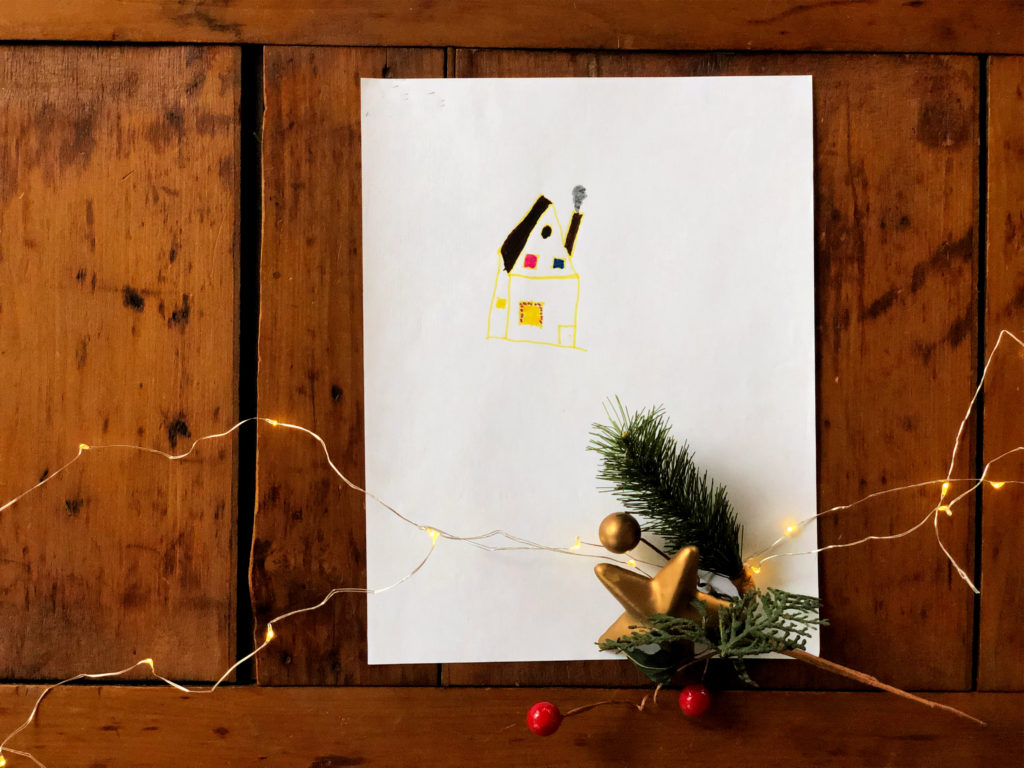
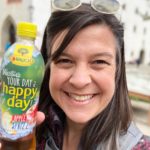 Kelly Raudenbush founded The Sparrow Fund along with her husband Mark in 2011 and launched Project Puppy Love, a canine-assisted therapy program for foster and adoptive families in June 2018. In addition to her service through The Sparrow Fund, Kelly is a therapist through the Attachment & Bonding Center of PA. Kelly has a particular interest in (a) encouraging and empowering parents who are struggling to attach with their children, (b) helping parents walk with their children as they process their stories, (c) helping couples continue to pursue each other and grow together while they parent their children as a team, and (d) training and empowering orphanage staff in China to build relationships with children and each other. Kelly and Mark have been married since 1998 and have 3 biological children and 1 daughter who was adopted as a toddler from China in 2010. You can learn more about their journey on Kelly’s personal blog. Contact Kelly directly at kraudenbush@sparrow-fund.org.
Kelly Raudenbush founded The Sparrow Fund along with her husband Mark in 2011 and launched Project Puppy Love, a canine-assisted therapy program for foster and adoptive families in June 2018. In addition to her service through The Sparrow Fund, Kelly is a therapist through the Attachment & Bonding Center of PA. Kelly has a particular interest in (a) encouraging and empowering parents who are struggling to attach with their children, (b) helping parents walk with their children as they process their stories, (c) helping couples continue to pursue each other and grow together while they parent their children as a team, and (d) training and empowering orphanage staff in China to build relationships with children and each other. Kelly and Mark have been married since 1998 and have 3 biological children and 1 daughter who was adopted as a toddler from China in 2010. You can learn more about their journey on Kelly’s personal blog. Contact Kelly directly at kraudenbush@sparrow-fund.org.
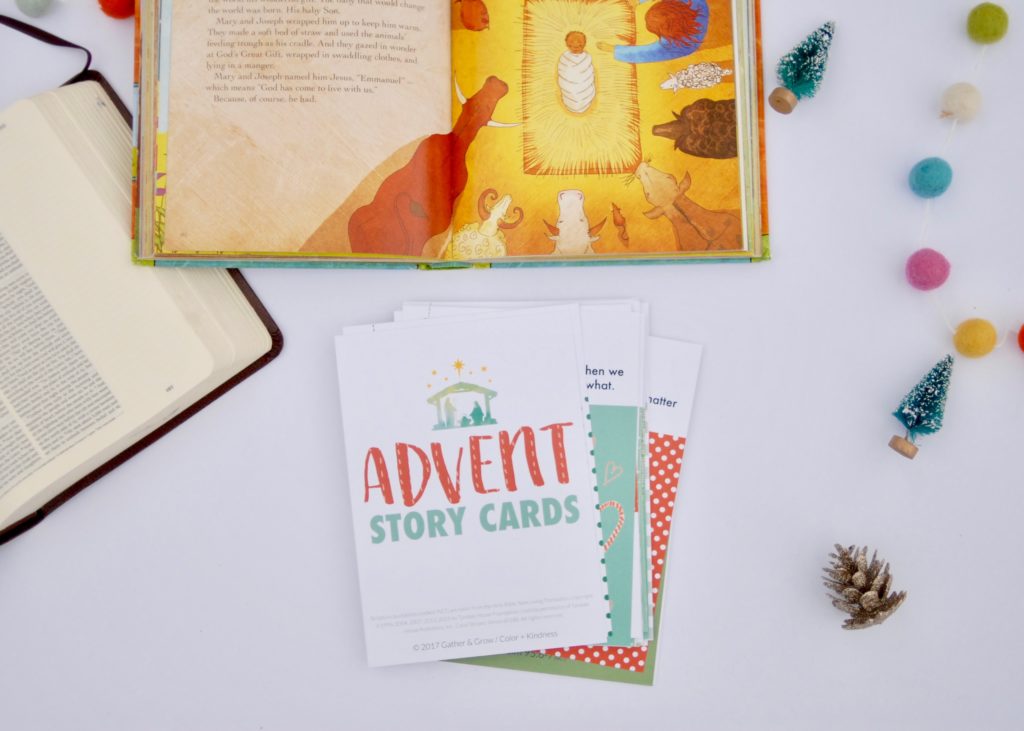
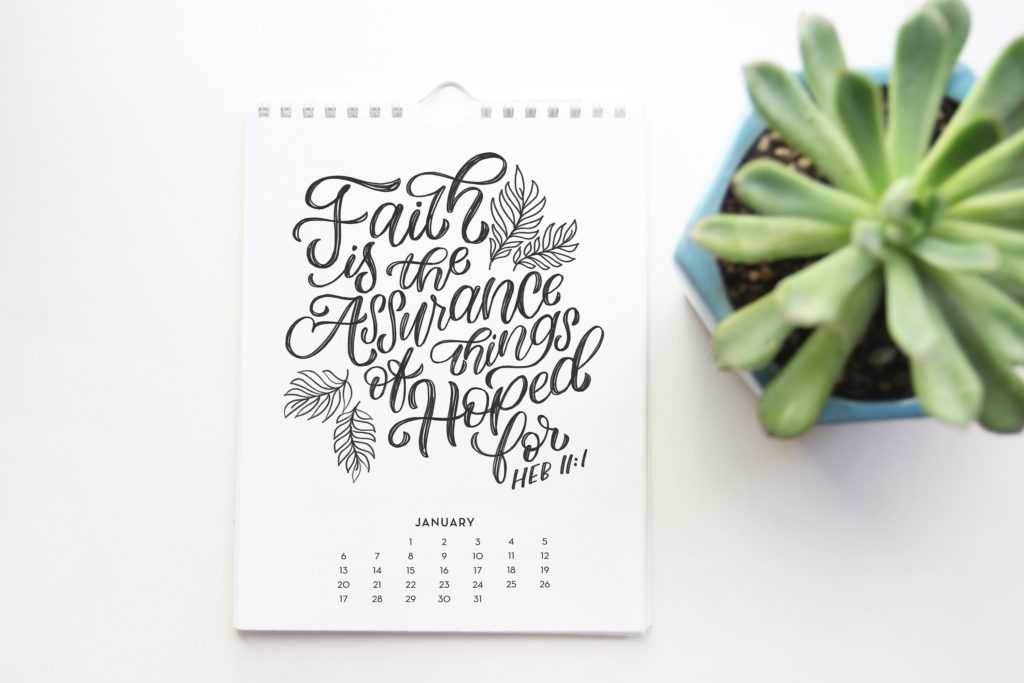
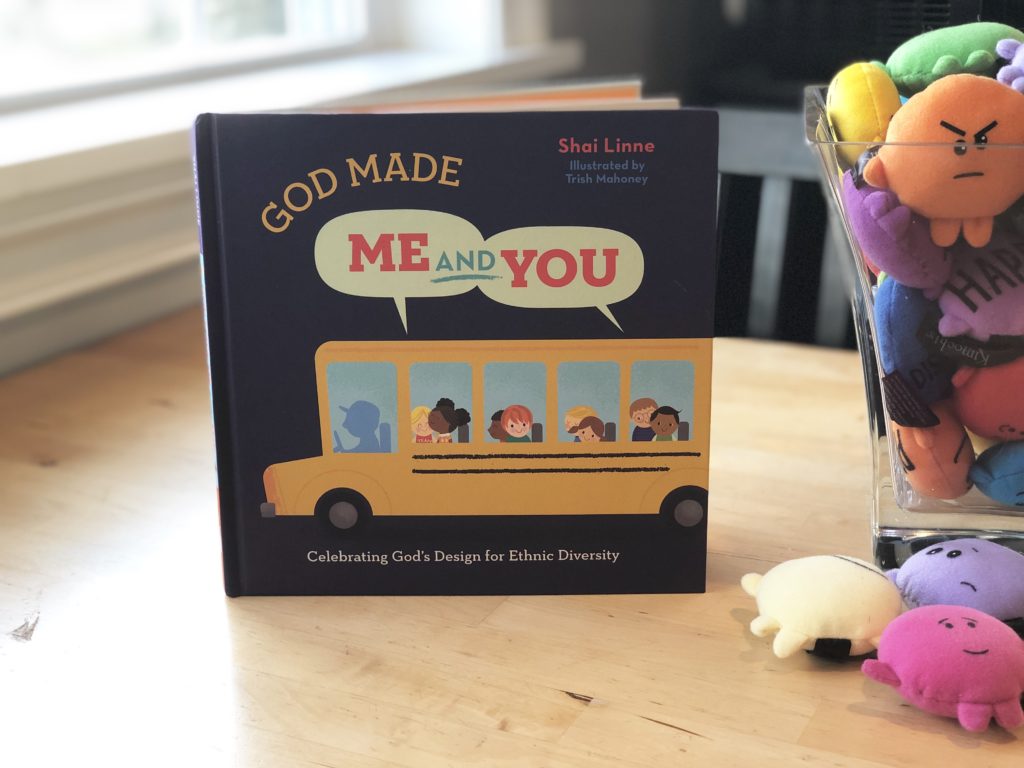
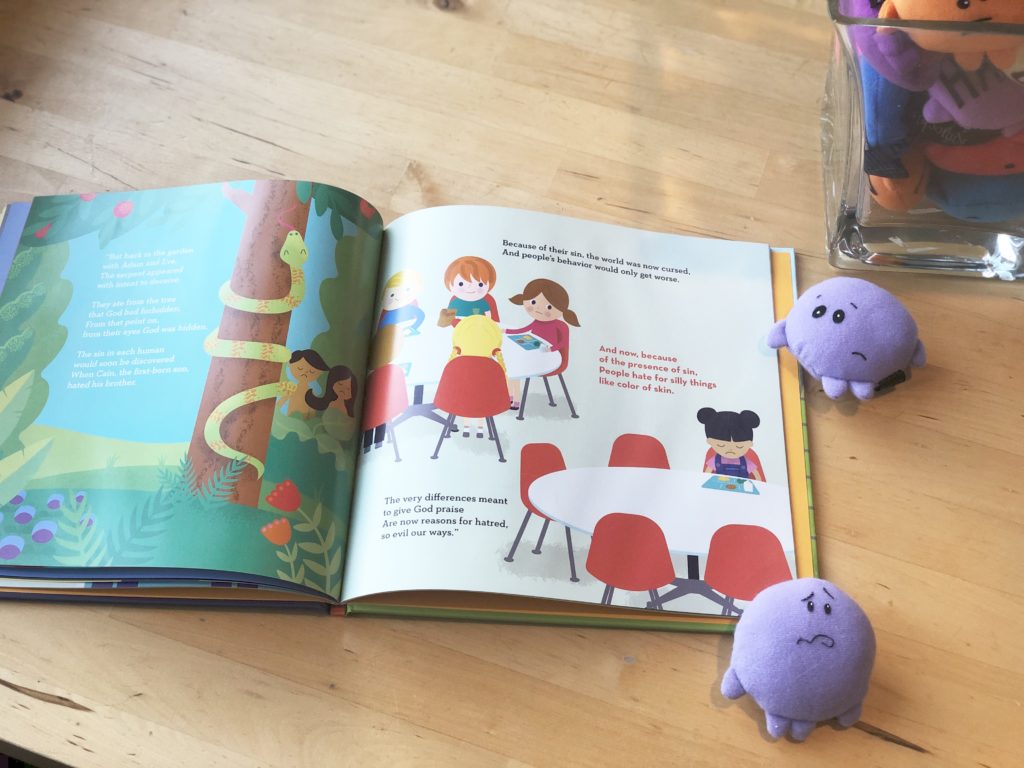
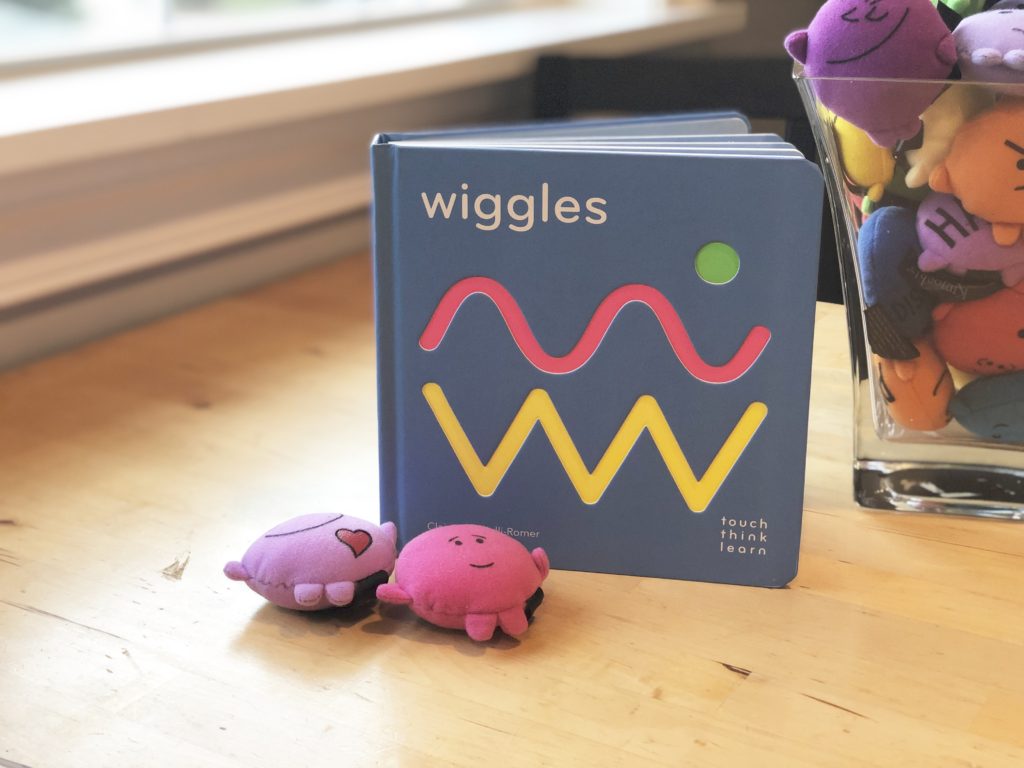
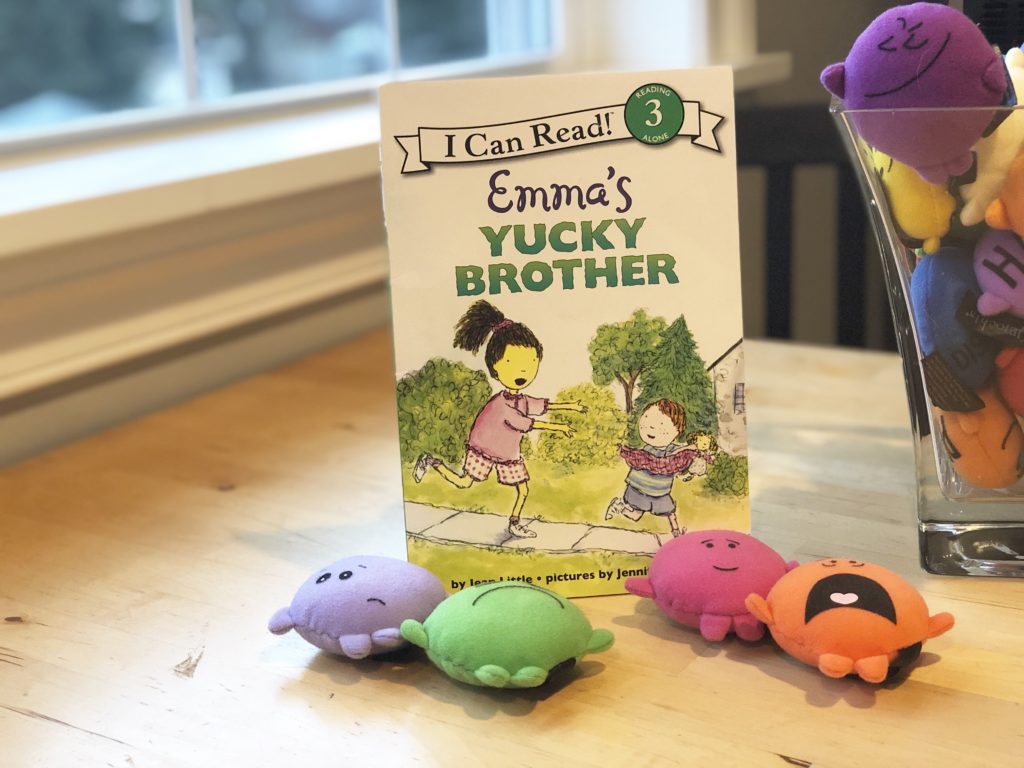
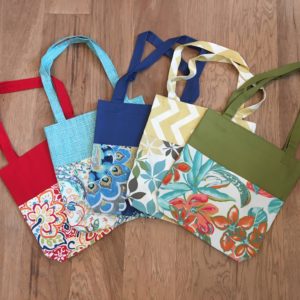
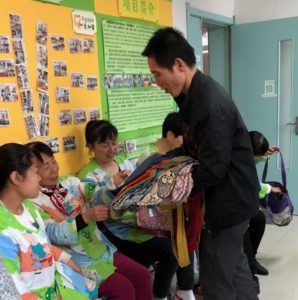
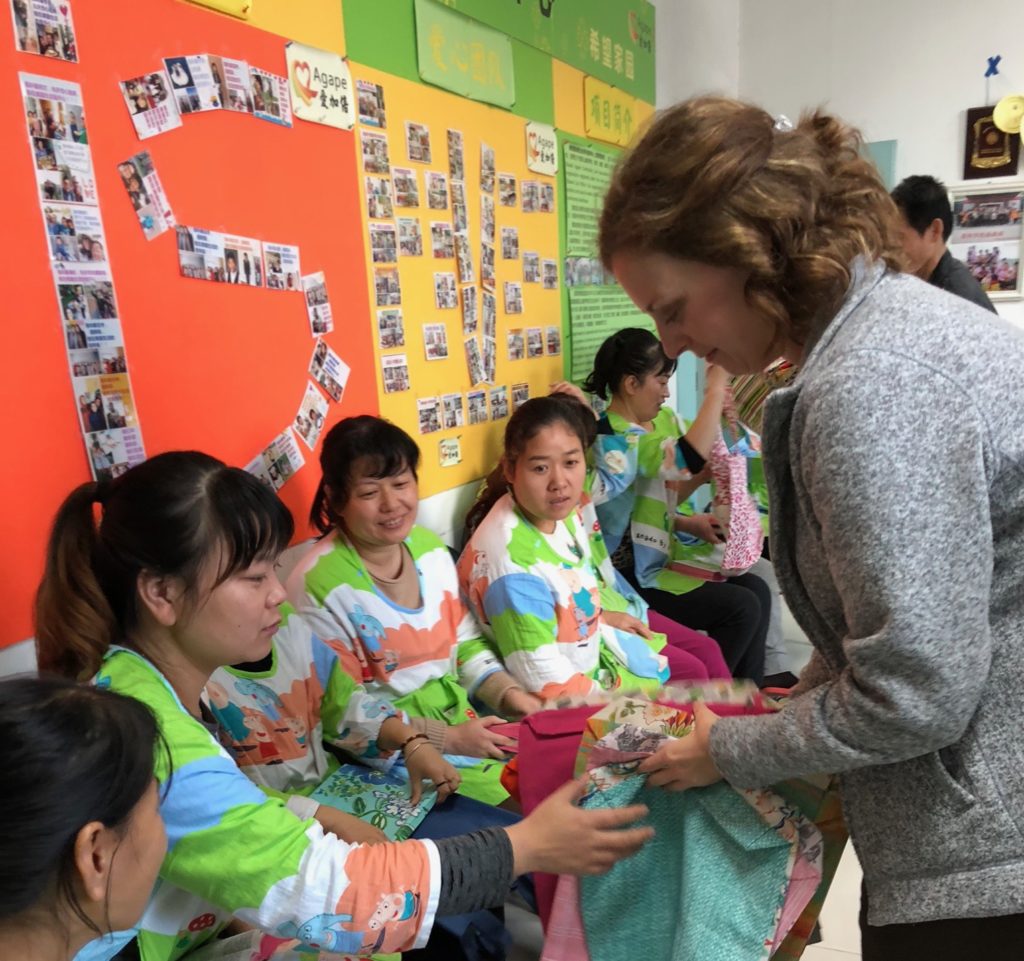
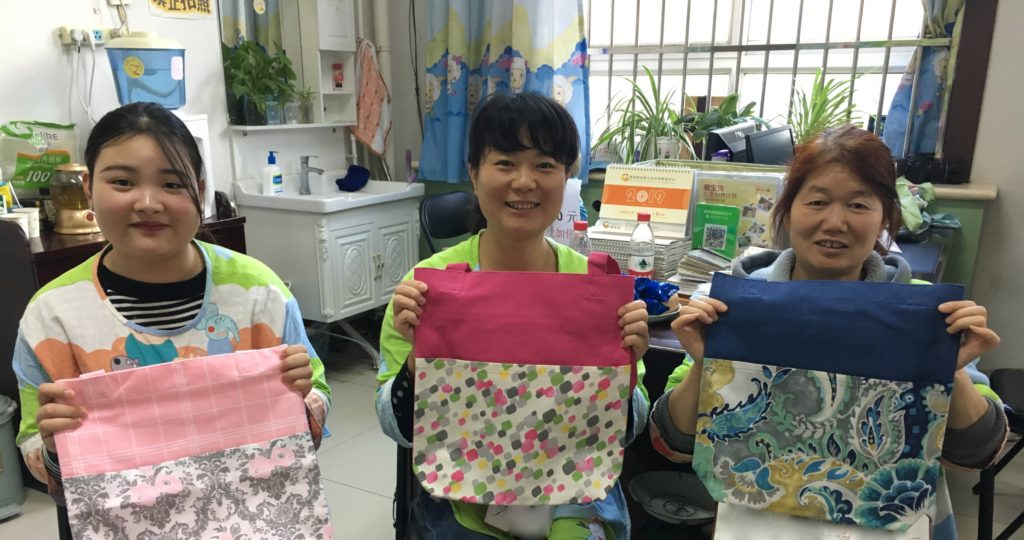
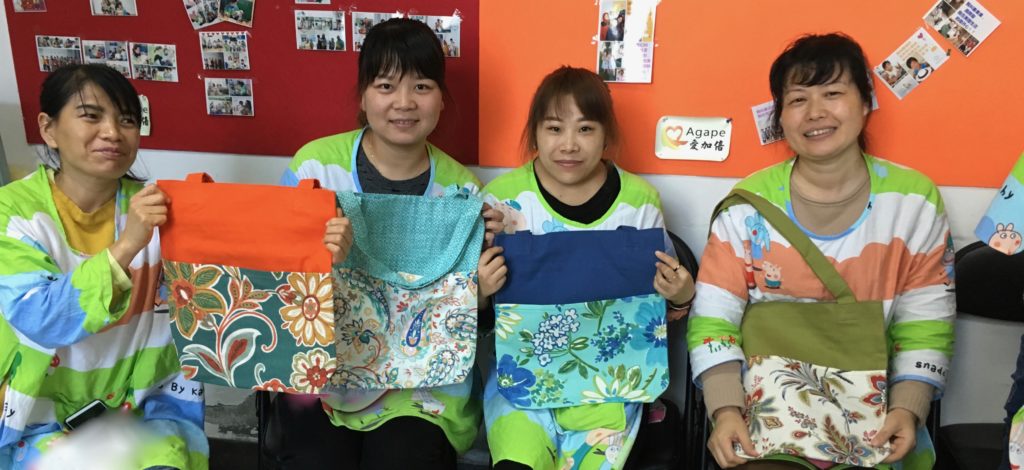
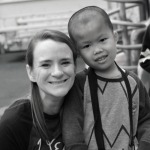 Erin Garrison has been a pediatric physical therapist since 2010 and was first introduced to The Sparrow Fund through serving on an orphanage trip in October of 2016. It was during this trip that her heart was stirred, and she was drawn to a big move and career change in order to serve children living in orphanages and their caregivers both for a season and forever. Her passion is to help equip and train the orphanage staff on developmental and handling techniques to assist in reducing delays. As Family Services Coordinator with The Sparrow Fund, she seeks to be a resource for families as they transition children to home and get connected to the services needed. You can contact Erin directly at
Erin Garrison has been a pediatric physical therapist since 2010 and was first introduced to The Sparrow Fund through serving on an orphanage trip in October of 2016. It was during this trip that her heart was stirred, and she was drawn to a big move and career change in order to serve children living in orphanages and their caregivers both for a season and forever. Her passion is to help equip and train the orphanage staff on developmental and handling techniques to assist in reducing delays. As Family Services Coordinator with The Sparrow Fund, she seeks to be a resource for families as they transition children to home and get connected to the services needed. You can contact Erin directly at 
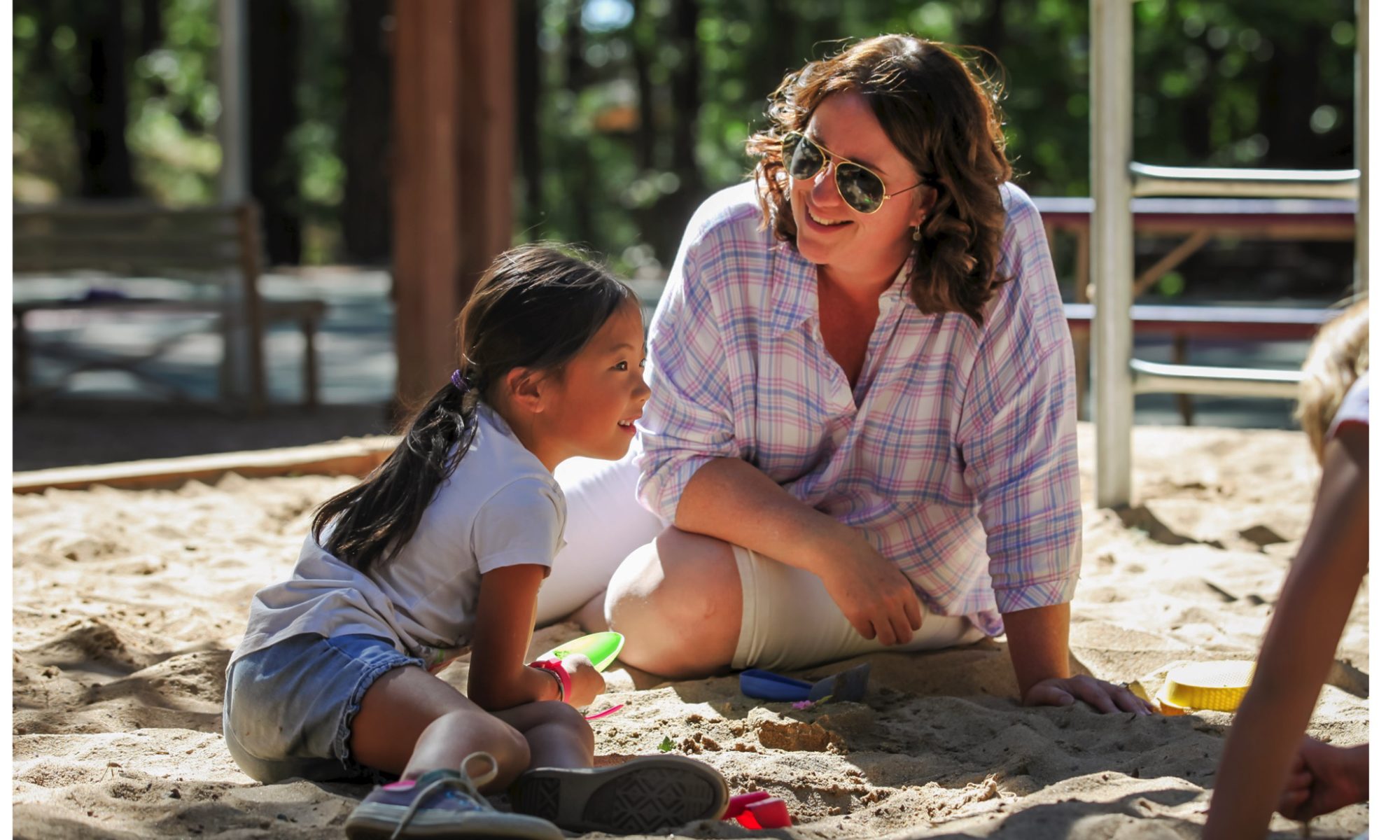
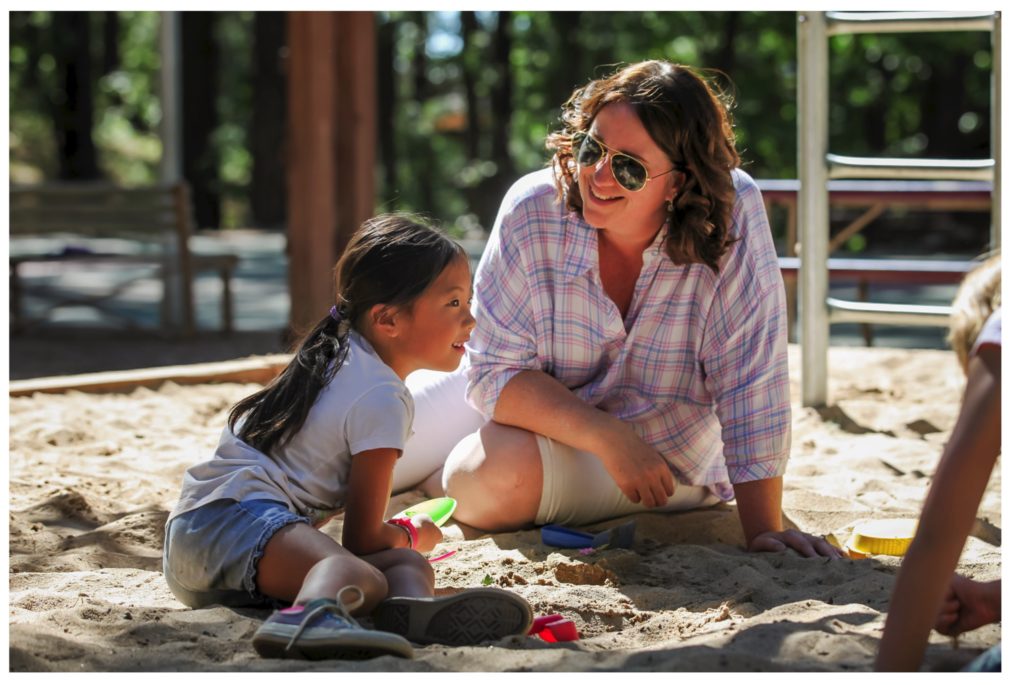
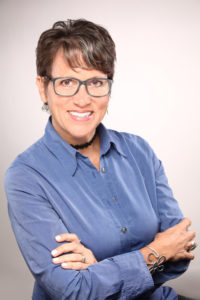 Karen Doyle Buckwalter, LCSW, has more than 30 years of experience working with children, adolescents and families, the last 24 of which have been at Chaddock, a multiservice agency providing a range of residential, educational, and community-based services for youth, birth through age 21, and their families. While at Chaddock, she has been instrumental in the development of an innovative residential program for adolescents, ages 8 – 16, with Attachment Disorders and Complex Trauma. One of the only programs of its kind serving older adolescents, Chaddock’s Developmental Trauma and Attachment Program® (DTAP®) has served youth from 33 different states in the U.S. originating from 18 different countries. She has coauthored journal articles and book chapters as well as articles for Adoption Today and Fostering Families Today, published her first book,
Karen Doyle Buckwalter, LCSW, has more than 30 years of experience working with children, adolescents and families, the last 24 of which have been at Chaddock, a multiservice agency providing a range of residential, educational, and community-based services for youth, birth through age 21, and their families. While at Chaddock, she has been instrumental in the development of an innovative residential program for adolescents, ages 8 – 16, with Attachment Disorders and Complex Trauma. One of the only programs of its kind serving older adolescents, Chaddock’s Developmental Trauma and Attachment Program® (DTAP®) has served youth from 33 different states in the U.S. originating from 18 different countries. She has coauthored journal articles and book chapters as well as articles for Adoption Today and Fostering Families Today, published her first book,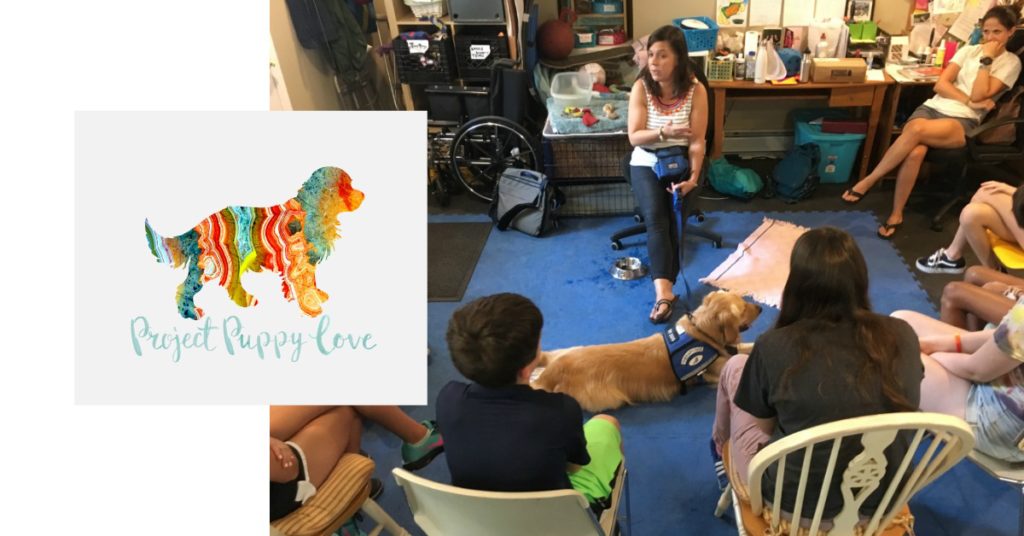
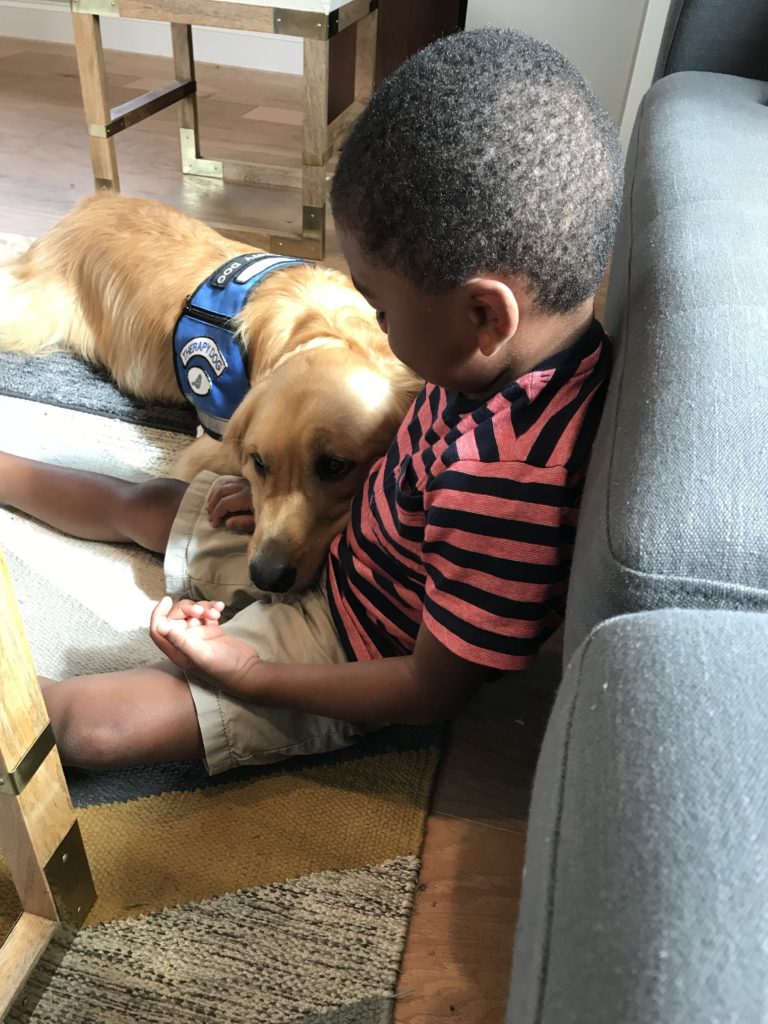
 Kelly Raudenbush founded The Sparrow Fund along with her husband Mark in 2011. In addition to serving families through The Sparrow Fund, Kelly works part time as a therapist at the
Kelly Raudenbush founded The Sparrow Fund along with her husband Mark in 2011. In addition to serving families through The Sparrow Fund, Kelly works part time as a therapist at the 
